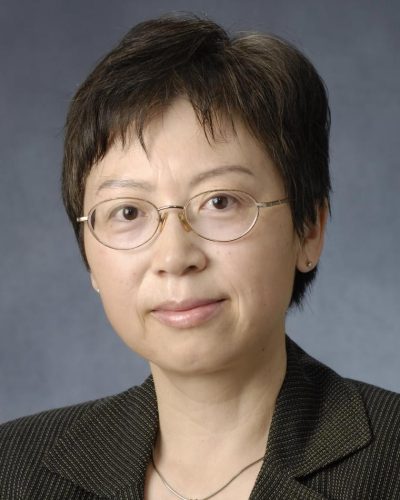

Researchers are developing atomically precise memristors for advanced neuromorphic computing systems.
The University of Kansas and University of Houston, backed by $1.8 million from the National Science Foundation’s Future of Semiconductor program (FuSe2), are collaborating to develop atomically tunable memory resistors, known as “memristors.” These advanced components are designed for brain-inspired computing applications and will support workforce development in the semiconductor industry.
Launched in 2023, the FuSe2 program addresses key challenges in semiconductor research and development, with industry partners including Micron, Intel, and Samsung.
Neuromorphic Computing and Memristor Development
Led by KU’s Judy Wu, a University Distinguished Professor of Physics & Astronomy, the Kansas-Houston team includes Hartwin Peelaers, associate professor of physics & astronomy at KU, and Francisco Robles from Houston. Their project focuses on “neuromorphic computing,” an approach that mimics the brain’s high-speed, energy-efficient processing, aiming to enhance AI through memristors that act as artificial neurons and synapses.

Co-Design Approach in Semiconductor Research
Wu and her colleagues will use a co-design approach integrating material design, fabrication, and testing to achieve precise atomic-scale tuning of oxide semiconductor memristors to enable functionalities in neuromorphic circuits.
The research will address a long-standing challenge in material research: whether a few atomic layers stacked with atomic precision can provide the functionality and large-area uniformity needed for future semiconductor electronics. The atomic scales are 10 times thinner than a nanometer. (For comparison, a sheet of paper is roughly 100,000 nanometers thick.)
Innovations in Memristor Technology
“The innovation that led to this funding are ultrathin memristors based ultrawide-bandgap semiconductors, such as gallium oxide, with an electronic structure tuned at atomic scale based on theoretical simulations,” Wu said. “This innovation is the teamwork of the three researchers — Peelaers, Robles, and me — as we developed a co-design approach that enabled us to obtain simulation-guided memristor design.”
Indeed, Wu and her collaborators are the first to demonstrate a sub-2-nanometer-thick memory.
“This is one of our major inventions,” Wu said. “We have a technique that no one else in the world has — an innovation that enables us to place just a few atomic layers together.”
With film thickness nearing 0.1 to sub-two nanometers, the KU researcher and her colleagues are charting new scientific territory.
“We’re able to stack selected atomic layers,” Wu said. “The overarching goal of our work is to develop atomically ‘tunable’ memristors that can act as neurons and synapses on a neuromorphic circuit. By developing this circuit, we aim to enable neuromorphic computing. This is the primary focus of our research. We want to mimic how our brain thinks, computes, makes decisions, and recognizes patterns — essentially, everything the brain does with high speed and high energy efficiency.”
The work at both institutions will provide pioneering STEM-workforce training through education and outreach, led by a team of experts including Professors Heather Domjan and Haiying Long, Dr. Teresa MacDonald, Eleanor Gardner, and Carolyn Kocken and participation by the entire team, with a goal of a creating diverse and unique workforce for the semiconductor industry.
“This program has a distinctive emphasis on semiconductor workforce training,” Wu said. “To address this need, we plan to hold a one-week workshop each summer for three years. We’ll specifically target migrant students, who are U.S. citizens, but whose parents may have seasonal jobs. These students often face educational disadvantages because their families have to move for work, limiting exposure to fields like semiconductors, high-tech microelectronics, and future cleanroom microfabrication.”
Wu and her collaborators will recruit migrant students from Kansas, Texas, and other areas to provide educational opportunities to students from financially disadvantaged families.
“We hope to expose them to high-tech semiconductor fields so they can consider pursuing careers in this area,” Wu said. “Many Ph.D. students of our team are now employed by companies like Intel, Honeywell, Tower Semiconductor, Blue Origin, Lockheed Martin, and ASM — so these students could follow a similar path. We also plan to develop a series of online, hands-on outreach activities to extend the impact to our society.”

